
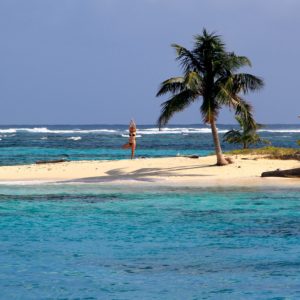
The plan for the day? Morning yoga on the beach with the ladies. (None of us really know what we’re doing, and beach yoga involves a lot of falling over and dusting yourself off, so it’s more giggles than “oms”, but I rather prefer it that way.) A hike up the hill with the guys before the sun gets too hot. Midday chilling on the boat with a big, cold salad and a good book. (I hear my friends spend their afternoons working on sewing projects or boat maintenance; I feel no such need to be a productive member of society right now.) Once the sun starts to fall, paddleball on the beach and frisbee in the water. Sundowners on the beach once we’re all thoroughly dehydrated and exhausted. Grilled fish on whoever’s boat has the biggest cockpit. Rum drinks and card games until cruiser midnight (9 or 10 pm). Sleep, wake, repeat. This is the life for me.
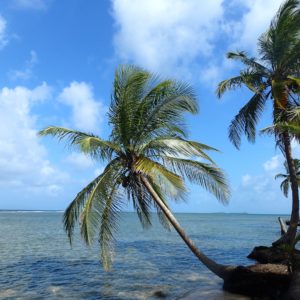
We call these days “zero dollar days”: no out of pocket expenses, beyond the money that has already been spent for what’s already on the boat. Enjoying a zero dollar day has nothing to do with the particular island we happen to be on, except that we need a protected anchorage, clean water, a spit of soft white sand and ideally a hill to hike. Hopefully there’s just enough cellphone or wireless internet reception to pull down weather reports and send out texts to friends and family; ideally a proper grocery store, marine store and laundromat is a day sail away; and perfection is catching a fish on the way in or a snagging a few lobster or lionfish off the reef while we’re there.
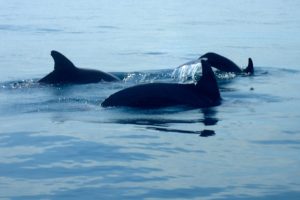
The stress of our former careers and commutes and overconsumption all falls away, and we marvel at the beauty that surrounds us – a sea full of fish and coral, a sky full of birds and stars, and an island full of flowers and trees. We enjoy the silence around us and the conversations with friends. Zero dollar days in a beautiful place with good people are the days when leaving the big city, the big job, and friends and family all seem well worth it.

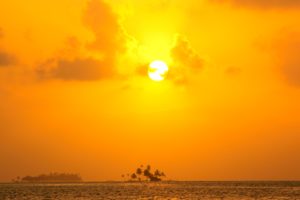
Our month in Guna Yala was full of zero dollar days. Guna Yala, also known as the San Blas Islands, is a largely uninhabited archipelago of nearly four hundred islands stretching over one hundred miles of the Panamanian northeastern coastline. It is an indigenous autonomous territory owned and governed by the Guna indigenous people. The Guna are still essentially hunters and gatherers, living off the land and sea. Other than a few densely populated islands near the mainland, and a few one-hut islands sprinkled around to conduct commerce with visitors, all of the Guna Yala islands are uninhabited. They have preserved their way of life by prohibiting land ownership and commerce in their territory by outsiders. Tourists wishing to visit have to fly to Panama City, take a Jeep several hours through the mountains, and a boat several hours across the sea, so not many make it. Think crystal clear blue water, untouched coral reef, a virgin white sand beach and a palm tree or two for shade, maybe a handful of boats in the anchorage. It is paradise, defined.
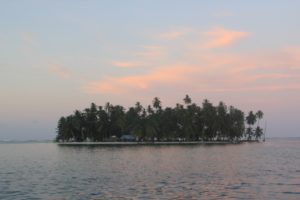
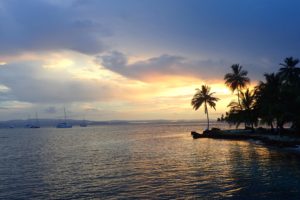
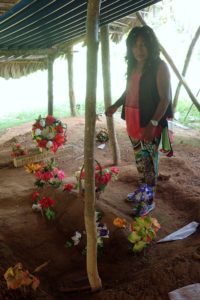
Even if you had Panamanian Balboas or US Dollars burning a hole in your pocket, opportunities to spend money in Guna Yala are few and far between. A Panamanian guy comes around every few days with a boat full of produce for sale, the Guna paddle by offering lobster and molas for sale, and some islands charge a nominal fee to anchor in their waters or visit their land, but that’s about it. The weak cellular phone signal requires standing on the boom, hugging the mast, pointing the phone in the direction of the closest tower, just to get a text message out; online shopping is out of the question. We counted twenty zero dollar days in the thirty-three days we spent in Guna Yala, having bought some mola, paid for two tour guides, refilled our produce stock once or twice, and paid to anchor or visit an island or two. That’s a record for us – even after all the zero dollar days in the uninhabited islands of the Bahamas. That’s twenty of my favorite kind of days in a single month.
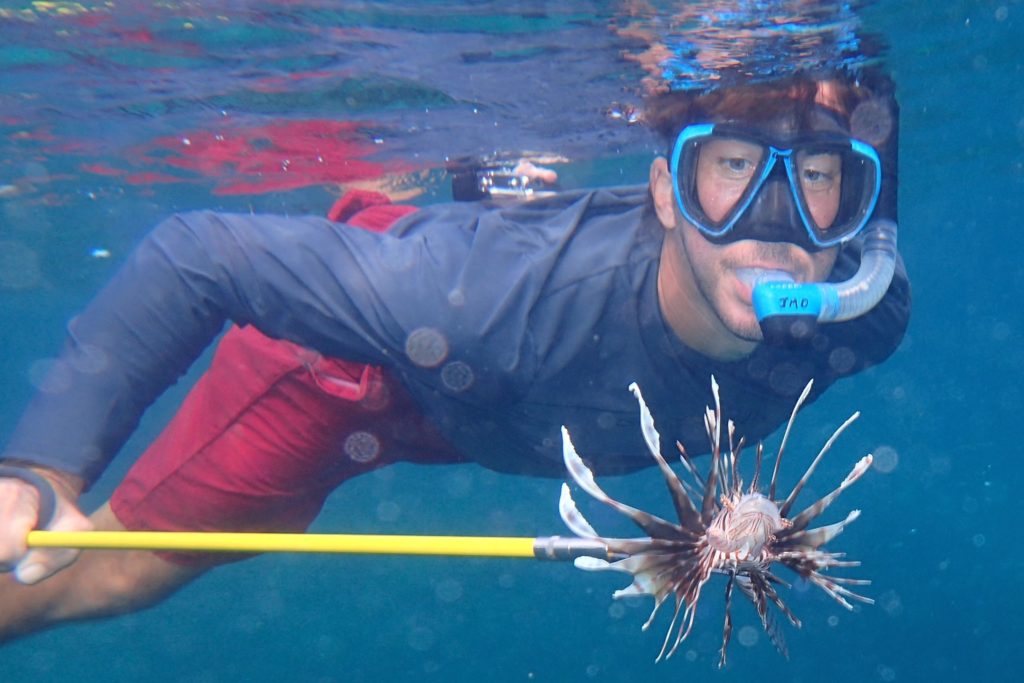

In our thirty-three days in Guna Yala, we wore shoes (i.e., flip flops) one day to walk the dirt streets of an inhabited island and one day to hike the jungle-covered hills on mainland. We snorkeled nearly every day, with old friends on Stella Polaris, Slow Flight and Livin’ Life and new friends on Ultra. Jason swam with dolphins and free dove for lionfish. I gathered a group of women for daily yoga. Sunshine finally got splashed after a long stay tied down on deck, and kayaked me around the calm anchorages. Lazy days reading books, fun days playing on the beach and the sandbar, exciting days learning to kitesurf (Jason) and freedive (me), long quiet nights on the hook. We celebrated Christmas and New Years in Guna Yala with old and new friends, far from family but full of good cheer. I can’t think of a better place – and way – to have spent the holidays.
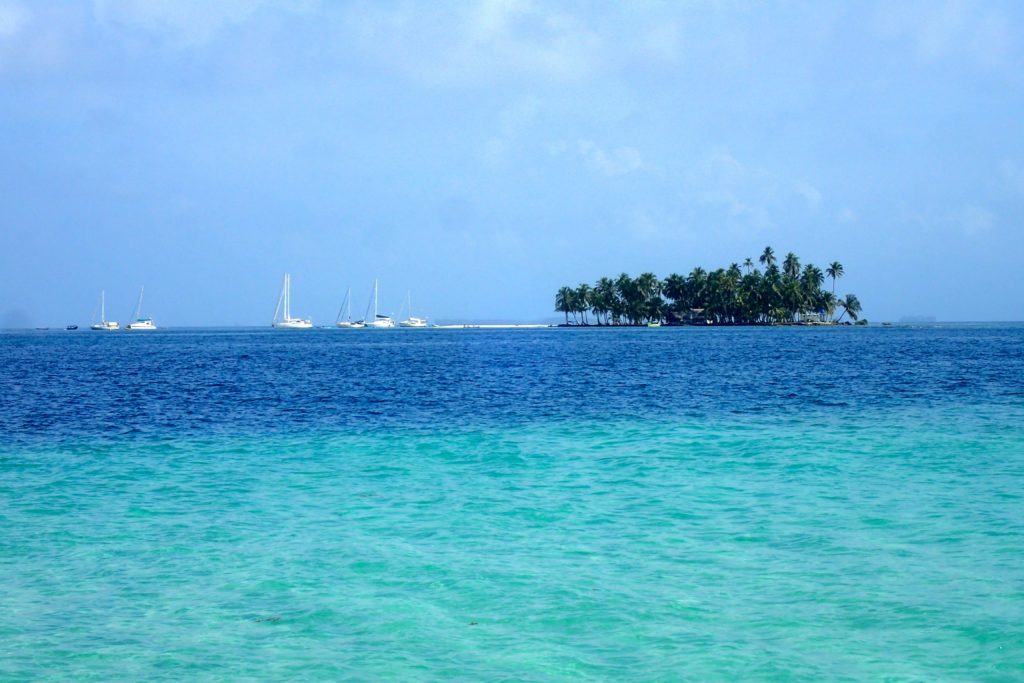
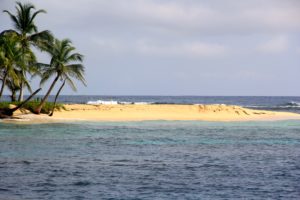
Zero dollar days are a paradigm shift. For a decade at my desk in corporate America, I relied on retail therapy to get me through those long nights working without sleep – boxes and boxes of shoes from Zappos I’d never wear and rarely return, boxes and boxes of food from Fresh Direct I’d never be home to cook, boxes and boxes of books from the Cottage Book Shop I’d never have time to read. Every purchase made the long hours easier to work and made the social and familial sacrifices easier to handle. I amassed a lot of stuff in my thirty-five years on land.
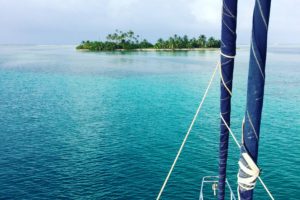
Two years later on my boat in the Caribbean, each retail purchase I consider is a shorter time I’ll be able to be out here. Each thing makes this lifestyle harder to maintain, and the return to long work hours more inevitable. The earlier you make the shift – from needing more to make work bearable, to surviving on less to make work less necessary – the earlier you can retire, the longer you can stay out, the further you can go. I spent weeks purging my extraneous belongings before we left, and still I am disgusted by the amount of stuff I still own every time I walk into my parents’ house where it is stored.
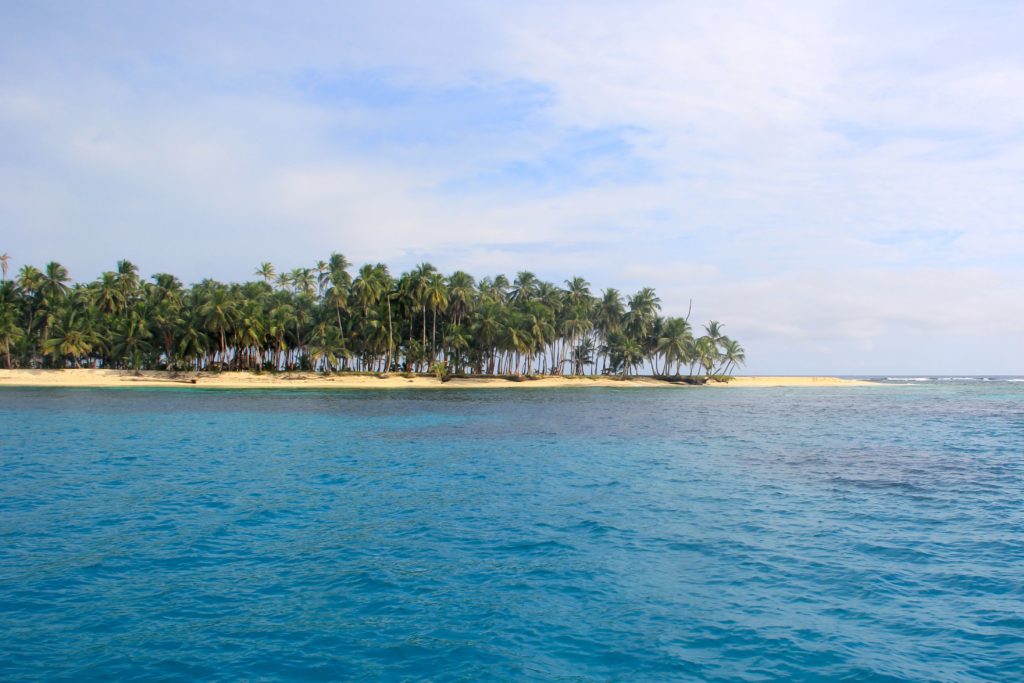
I like to think that we could live for a lifetime of zero dollar days in a place like Guna Yala. The Guna teach us well – to sail and paddle instead of motor, to fish instead of shop, to be content with what life provides. Certainly we hope to have more such days as we circle around the Western Caribbean this season. Sail ho!
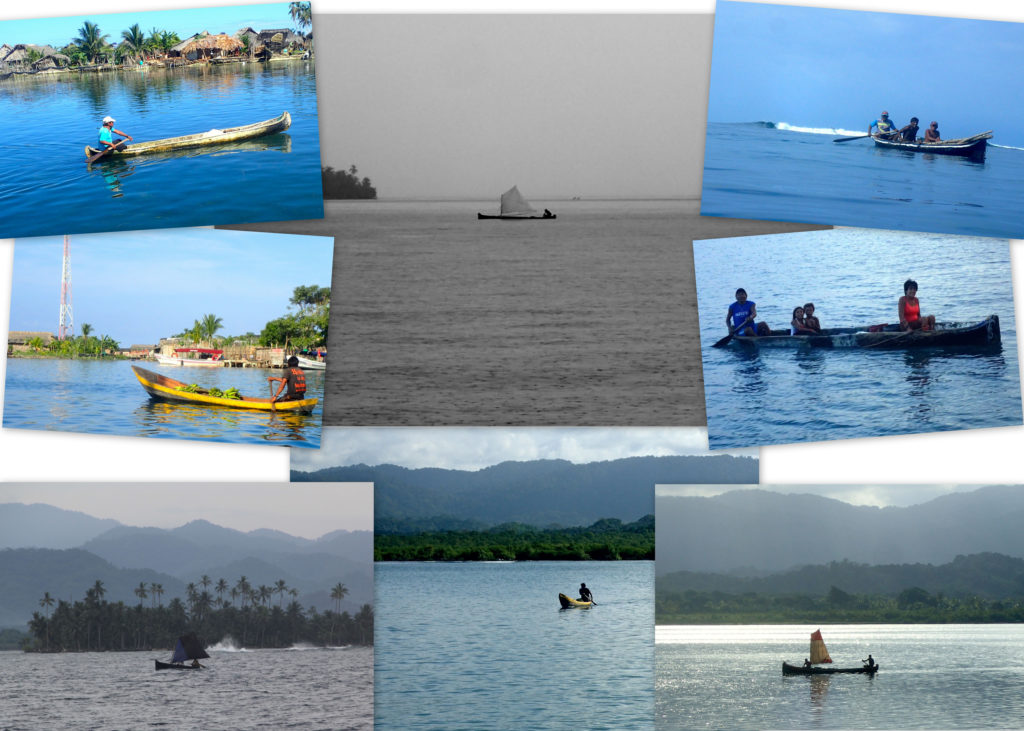

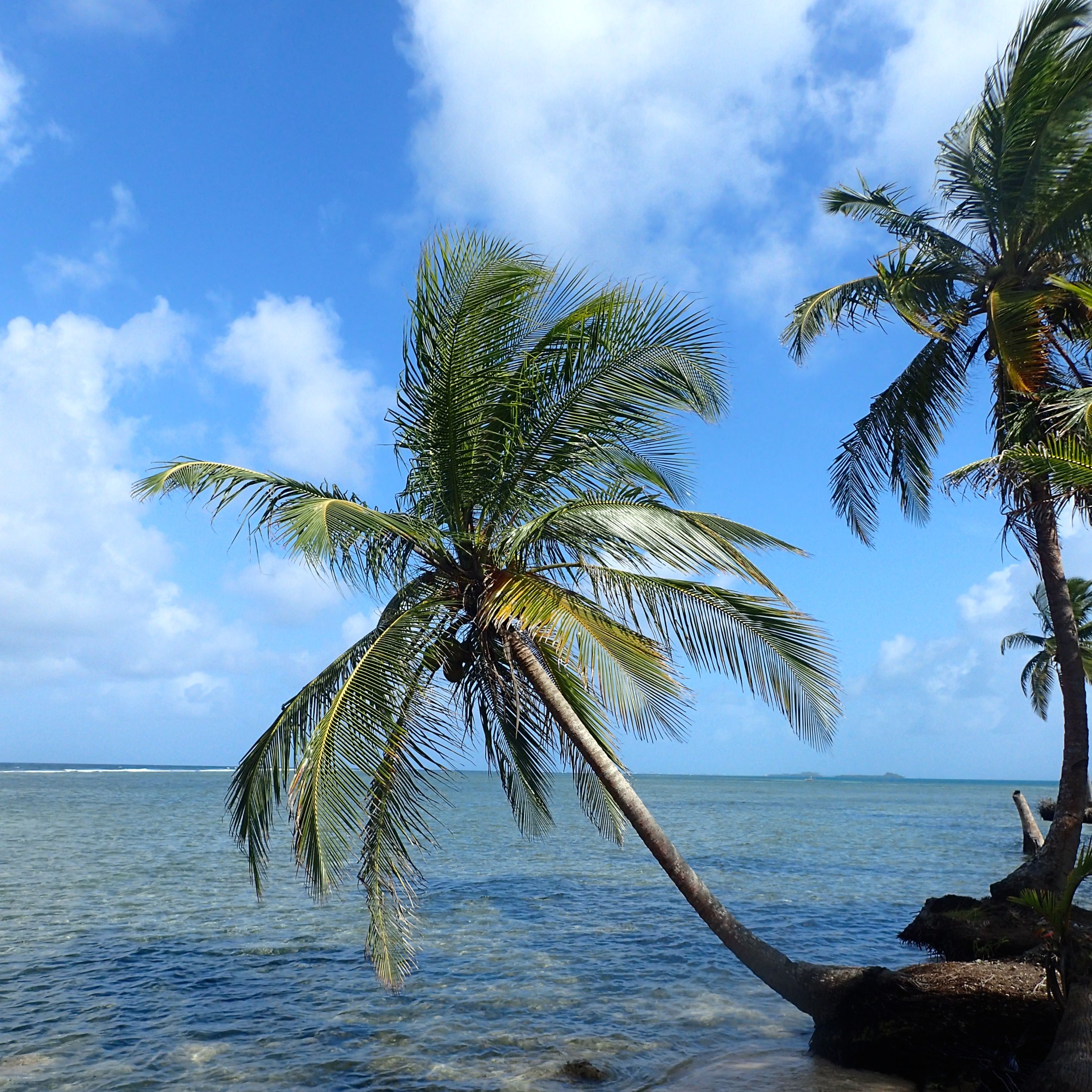
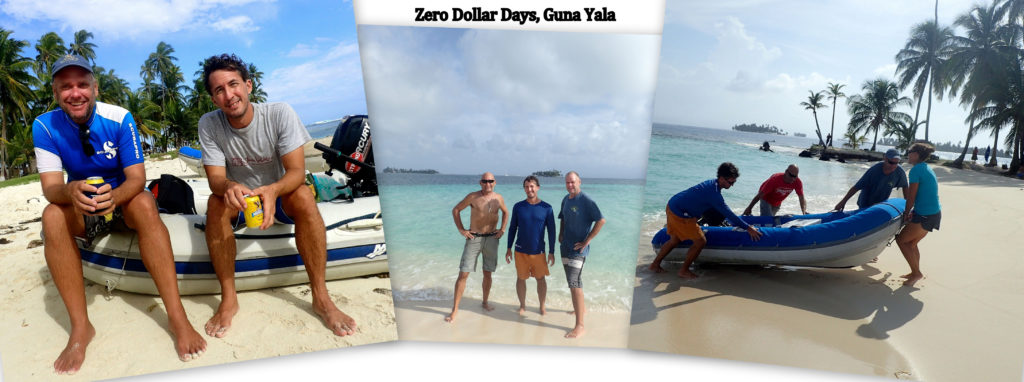
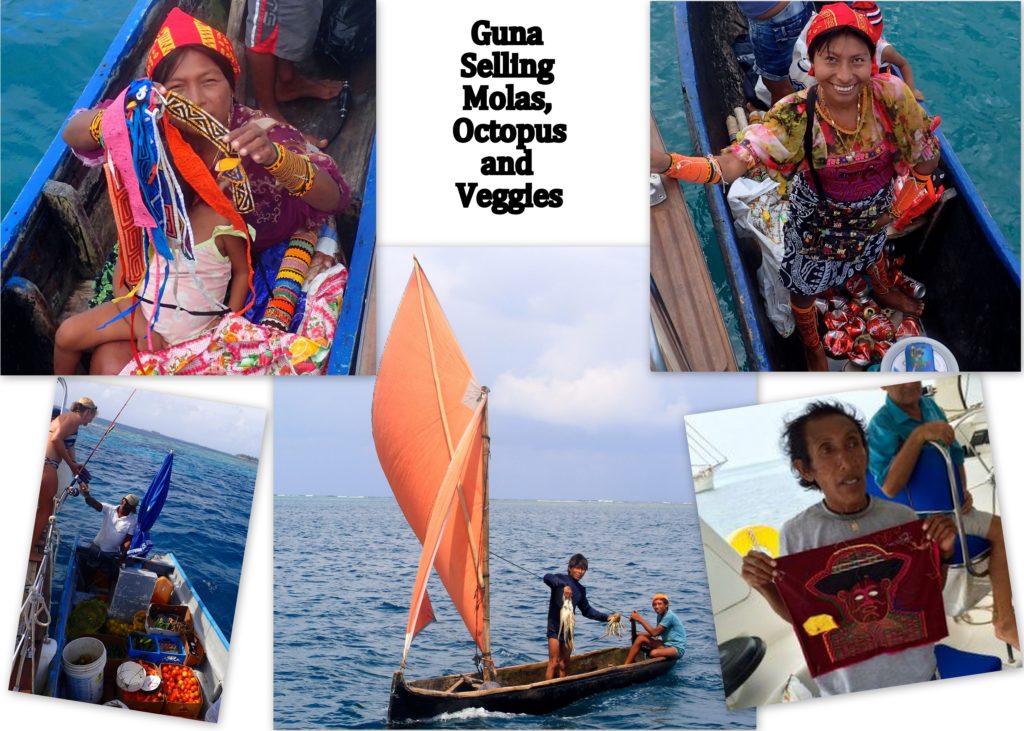

How’s the weather down there? Is it cool in February, or hot and humid? The only time I was in Panama City it was the latter. Can’t remember the month. Anyway, your islands look idyllic!
February is relatively cool – I wear long pants at night! Still it is well in the 80s during the day and maybe 79 at night, but with a breeze over the water at night that always feels cooler. August – November are the really hot and humid times.
It is cool today in Tucson. Enjoyed your writing.
Dad
Beautiful post
I like to believe it will be all zero dollar days once we catch up with you in the Pacific!
Lovely writing. We miss you here in Bahamaland 💕👫🐶🌴🌺🌞🕶
We miss you too! And the clear waters of the Bahamas. See you this summer in LC!